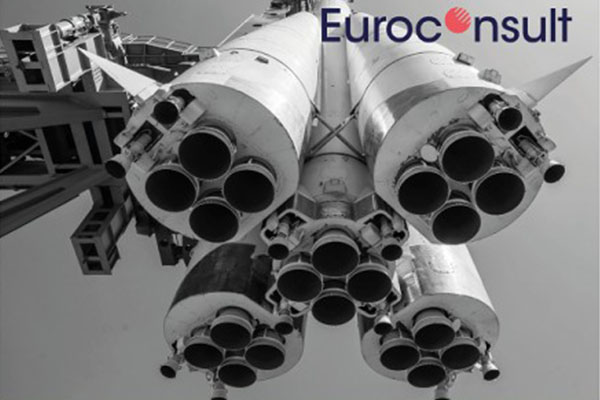 The satellite market will experience a radical transformation with a four-fold increase in the number of satellites to be built or launched, according to a new report by Euroconsult.
The satellite market will experience a radical transformation with a four-fold increase in the number of satellites to be built or launched, according to a new report by Euroconsult.
The report, Satellites to be Built and Launched by 2028, anticipates that at a yearly average, around 990 satellites will be launched, compared to a yearly average of 230 satellites in the previous decade.
The market will reach $292bn over the next decade. This reflects a 28% increase over the previous decade which totalled $228bn in revenues.
In its analysis, Euroconsult reviews strategic issues and trends for four categories of satellite operators, six types of orbit, six regions of the world, and seven distinct satellite application categories. The research is based on in-depth analysis of satellite applications and missions, satellite operators and users, technology advances, and the impact of these factors on the manufacturing and launch industry.
It includes a database of all satellites, regardless of mass, that were launched from 2009 to 2019, as well as satellites currently under construction, and those forecast to launch by 2028. It also provides detailed status and maturity assessments of 55 commercial constellations of five satellites or more and discusses the business cases for the four mega-constellations and their differing vertical integration strategies.
Commenting on the report, Maxime Puteaux, Editor-in-Chief of this research product and Senior Consultant at Euroconsult, said: “While accurate projections can be challenging in an era of uncertainty, Euroconsult stands behind its numbers as the most realistic and reliable in the industry. This is the 22nd edition of our research on satellites to be built and launched and, in preparation, we compared past forecasts to the actual numbers. We confirmed that our depth of experience and comprehensive insight into the industry resulted in highly credible estimates.”
Puteaux added: “Newcomers like Oneweb, SpaceX’s Starlink or Amazon’s Project Kuiper are becoming the largest owners of assets in orbit, challenging the satellite industry in many ways.”












Add Comment